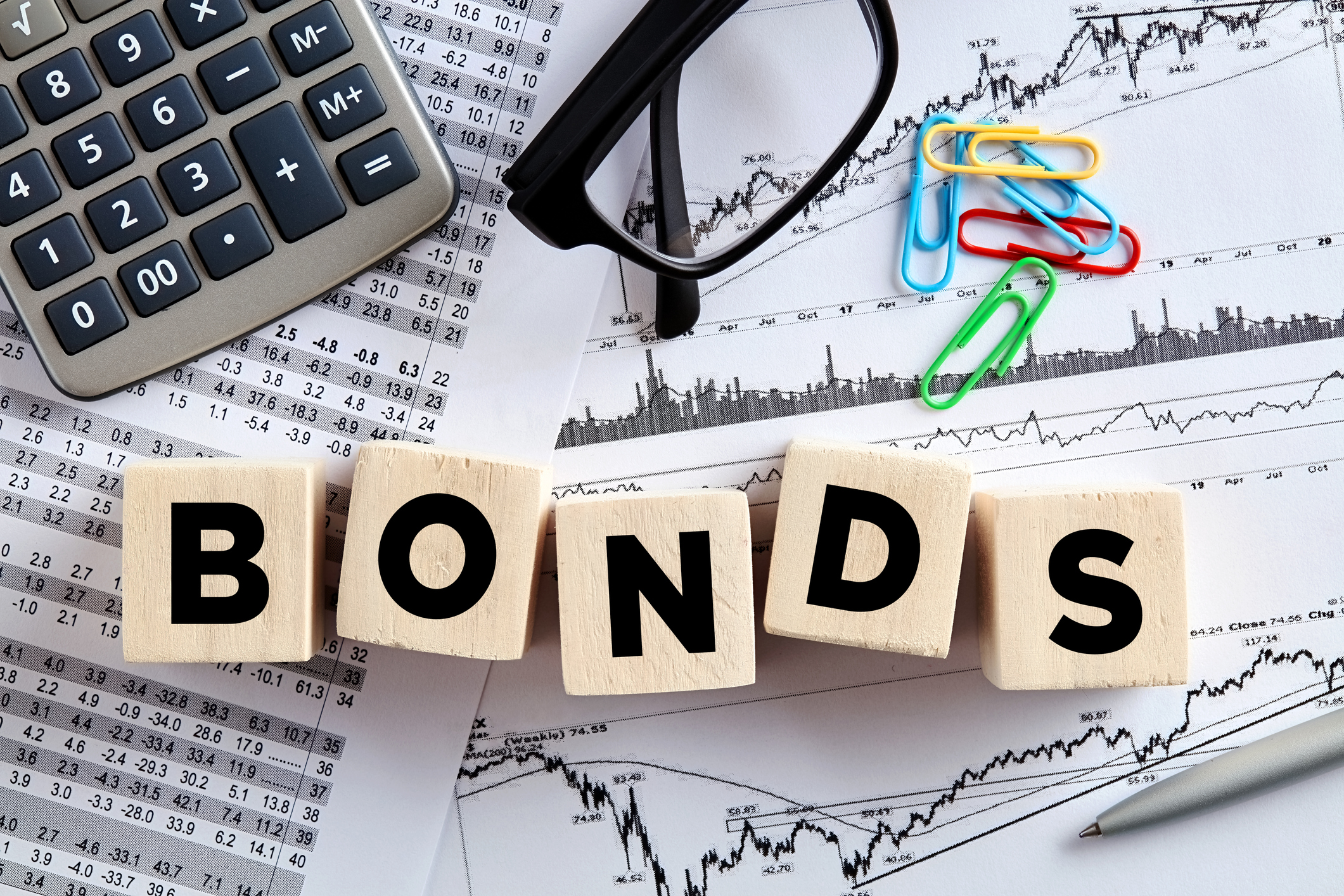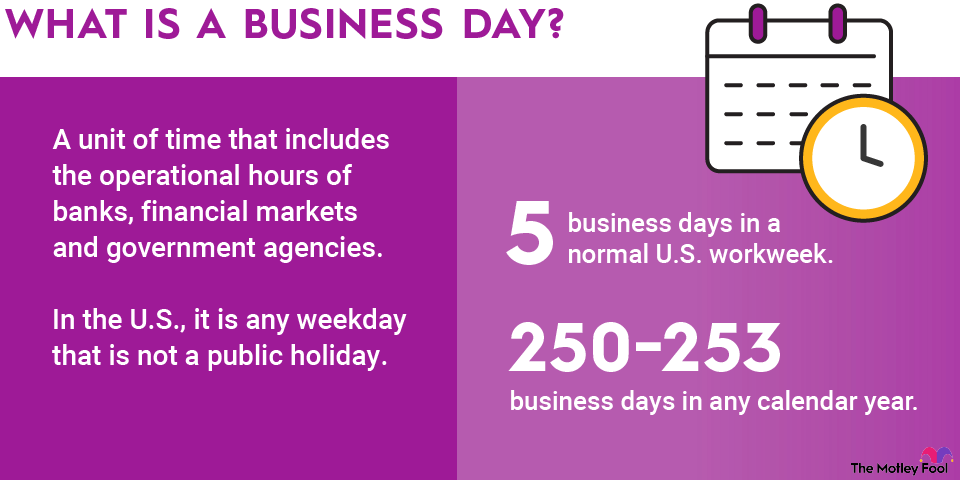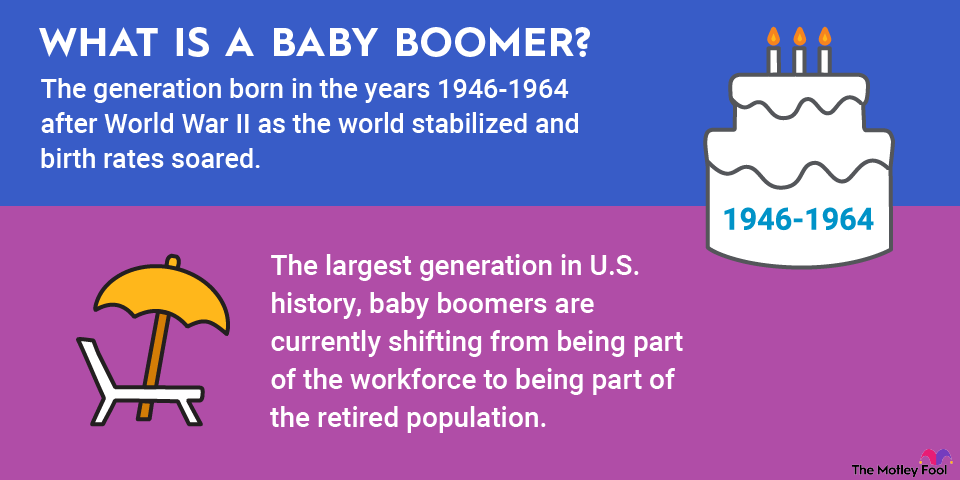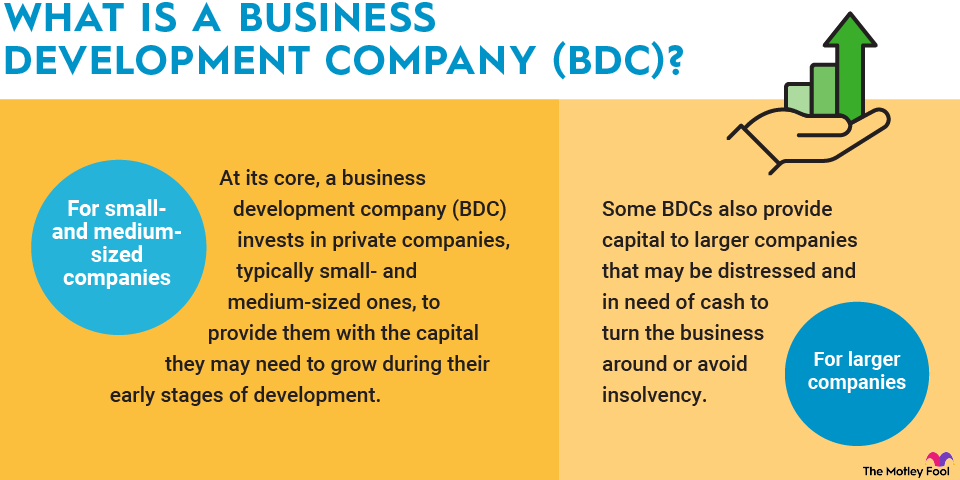Whether you've been an investor for a long time or are just getting started, it's probably pretty clear that there are a lot of different ways to decide if a company is right for your portfolio. Fundamentals investing is one way, which includes both bottom-up investing and top-down investing. If you want to understand a company and how it fits into the wider economy, bottom-up investing is one way to do it.

What is bottom-up investing?
Bottom-up investing is a type of fundamental investing that looks at a company starting with the company's own financials and then looks at the wider economy at large. It's one very important way to evaluate whether or not a company has the ability to be profitable over time.
Fundamentals investors often look at stocks in this way so they can evaluate each company on its own merits before looking at how it is positioned relative to its competition. Sometimes, the business-level fundamentals alone make the company very desirable or very undesirable as an investment.
How does bottom-up investing work?
No matter how you choose to approach a long-term investment, you should always look at the company and the wider economy in which it does business. After all, you wouldn't want to choose a great company that's swimming in an absolutely polluted pond, doomed to fail short of some sort of financial miracle. That doesn't make sense for a long-term investment.
With bottom-up investing, the company is the first focus, but it's not the last. A bottom-up investor will look at the financials for the company or companies they're considering, then examine the industry or sector in which the company operates, and then the wider economic indicators and climate.
Sometimes, bottom-up investors go wrong by stopping their investigation at the company level and not doing any further research, which leaves them open to choosing companies that look great but are in industries that are struggling or downright doomed.
Bottom-up versus top-down investing
In bottom-up investing, investors are looking for company-specific information to help guide their decision and will only move through the rest of the economic layers if the company seems worth it. This can be a bit of a time killer if the industry as a whole is problematic, but most of the time, you know which industries will be trouble going in and adjust accordingly.
In top-down investing, you instead look at the overall economy and the company's role in it first, then the industry, and last, the company. This is better for evaluating companies in industries that might be newer or potentially on shaky ground. You want to be sure the economic fundamentals surrounding the industry are solid before looking at the company, so you can save a lot of time by skipping all the balance sheets if they're not.
What are some examples of metrics for bottom-up investors?
Every investor has metrics that they love and consider vital, as well as metrics they consider to be a waste of time. There are some pretty common metrics used by bottom-up investors in most sectors. These include:
Indebtedness. How much debt a company carries can affect how quickly it can pivot and how well it can take a financial hit. After all, not every year, or every business cycle, is going to be a good one. If there's a bad year, can that company survive, or does it have so much debt that bankruptcy is almost guaranteed at some point? The only time a lot of debt generally makes sense is if the company is rapidly expanding and has a plan to pay the debt down quickly; even then, it can be a gamble. How much debt is too much depends largely on the industry, so you'll need to compare your company's debt to what’s normal in its sector.
P/E ratio. The price-to-earnings ratio is a popular metric among stock investors. It indicates how well the company's stock is priced by comparing actual earnings to the price of the stock at any given point in time. Again, you'll need to compare your stock to others in the same industry to see how the P/E ratio stacks up since this can vary by category.
Free cash flow. Although net income is often used to evaluate a company's profitability, free cash flow (FCF) gives you a better idea of how well the company is running – and that's what you want to know as a long-term investor. FCF is what's left when you take the net cash from operating activities and subtract the capital expenditures. This can tell you how well this company is actually managing the money that's coming in. It's important to see how businesses operate before you invest in them.
Related investing topics
Funds from operations. If you're a real estate investment trust (REIT) investor like I am, earnings are great -- but what you really care about are funds from operations (FFO). Because REITs spend a lot of time depreciating assets, earnings don't really tell the whole story. FFO, on the other hand, shows the cash flow for a REIT by adding depreciation back in, along with a few other real estate-specific adjustments, and spits out a number that's much closer to real income. You can then calculate the FFO per share and use that much like a P/E ratio. It's a useful metric for real estate investors that's also closely related to dividend payouts.
Dividend growth. Another metric that's great to watch is dividend growth. Simply put, you don't see higher dividends unless you have real income growth with a company. If the dividend is shrinking or stagnating, so, generally, is the company. You might see a year with slow or static dividends if the company is investing in itself, but if that's a longer-term trend, it's not a company you want to own until it figures out how to get out of its rut.



















